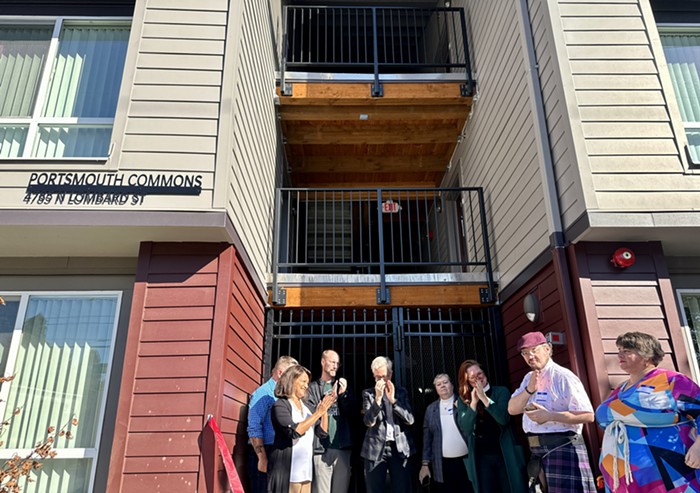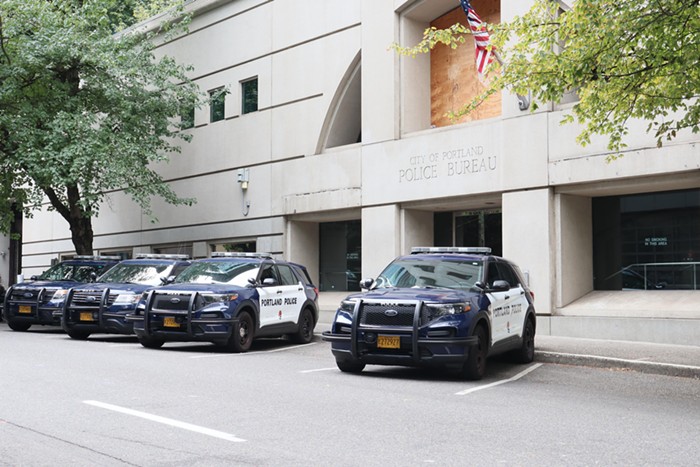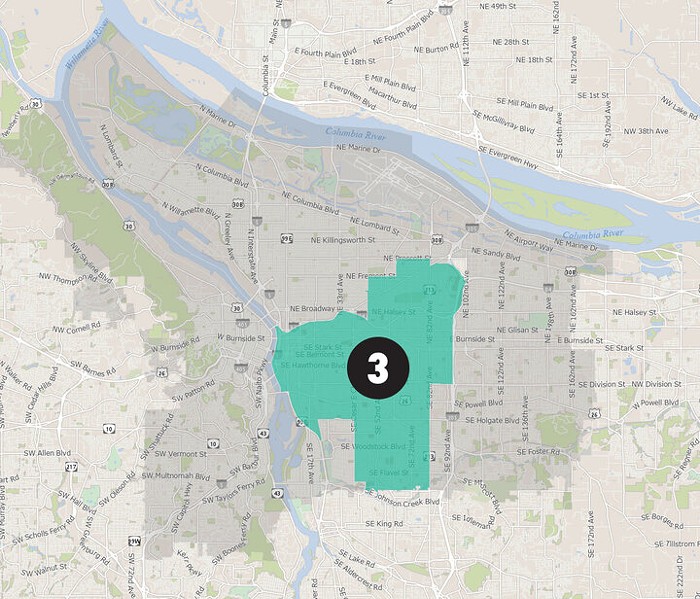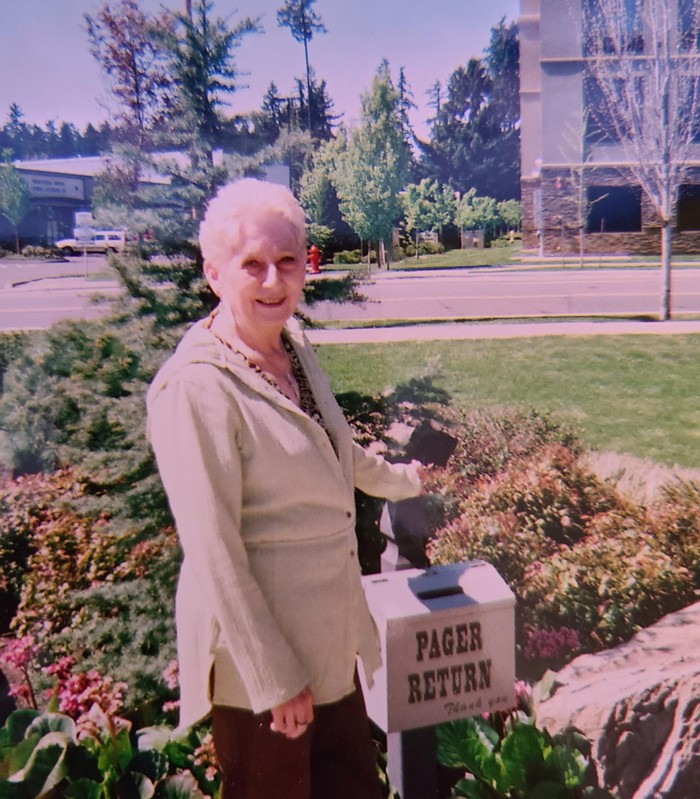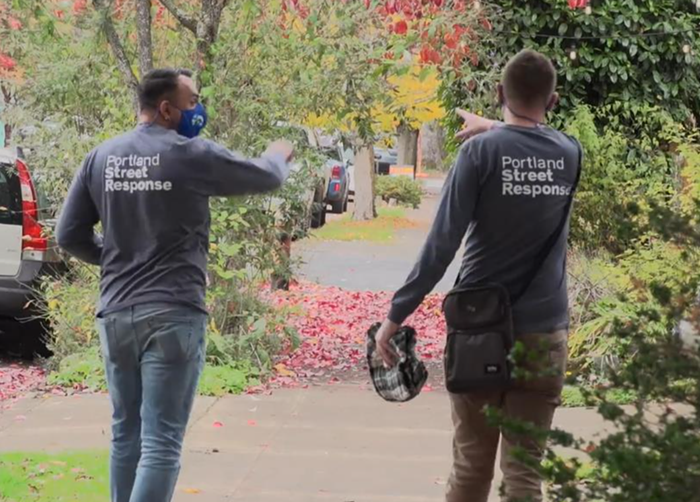YOU'RE FORGIVEN if you think parking is boring. But you're wrong. It's not.
In Portland, parking policy is a big-money debate over how we use the land in the center of our city. Should the cash-strapped government try to rake in as much money as possible from drivers... or try to woo suburban shoppers by offering low parking rates? Is Portland a better place with ample cheap spots, or should we transform surface parking lots into dense development?
These are some of the big questions at the heart of an inexorably dull recommendation city council takes on this Thursday, June 21: the Central Eastside Parking Management Plan. The report studied how people park in a largely industrial swath of the city from Interstate 84 to SE Powell and the Willamette River to 12th Avenue. This neighborhood is both an employment powerhouse—16,600 people work in the district—and a vastly wasted space.
There are a whopping 459 parking lots in the area with 8,000 parking spots among them—92 percent of which are privately owned and never available for public use. On-street parking is a mishmash mess, with confusing signage for 6,300 spots. Even at absolute peak times, the private lots are only 60 percent full. That's a sea of rarely used spots. Compare that to downtown, where 88 percent of parking-lot spaces are filled during peak hours.
If the city and businesses can figure out how to use more of the spots we already have on the inner Eastside, it will cut the need for new parking as the area develops. Which is likely, thanks to the new Eastside streetcar line and a business boom on East Burnside. There's also a financial payoff: The city gets 28 percent of its general transportation fund from managing parking. Right now, there's no money to pay for the new streetcar line's $1.3 million annual operating costs—parking profits from the district around the yet-to-be-opened line could potentially defray those costs ["Overcommitted!" News, Dec 15, 2011].
The Eastside plan, developed by city planners and business owners, recommends installing 65 parking meters along MLK Boulevard and Grand Avenue. The $1.25-an-hour meters, ideally, will give customers enough time to shop but keep employees from parking in the prime spots all day. Additionally, the plan calls for installing better signs throughout the area and requiring $60 annual permits to park all day in 4,715 of the on-street spots in the district. How to pay for installing the meters and hiring enforcement officers is still unclear, but the meters are projected to turn a $275,000 annual profit after five years.
Other business districts like SE Hawthorne and NW 21st have fought city plans for parking meters tooth-and-nail. But this current plan is a compromise: The city initially pitched the idea of meters throughout the whole district and many businesses wanted absolutely no meters or permits, says Central Eastside Industrial Council Chair Juliana Lukasik.
"There is a real, citywide dislike of paid parking. There's kind of an ingrained fear of paid parking because of a fear of scaring off customers," says Lukasik, whose company, @Large Films, is based in the area. "The hope is that by keeping meters condensed to MLK and Grand, we'll have places for customers to park, and employees can park elsewhere."
Under the plan, a parking management association will be able to evaluate how the permits and meters are working and ostensibly have the power to recommend changes.
In the long term, the city also is supposed to look into buying up some of those big, empty private lots and either develop them or turn them into public parking.


